SUPERHENGE: A FAMOUS NEOLITHIC MONUMENT HAS GIVEN UP UNEXPECTED SECRETS

England’s Stonehenge is the most famous megalithic monument in the world. In the years it has been a tourist attraction, its aura of mystery has faded somewhat, but now it is back in full force.
The greatest mysteries sometimes lie right under our noses, or rather under our feet. When scientists used the latest technology to “see” what lies beneath and around the legendary Stonehenge, they couldn’t help but wonder.

A fascinating world
A ritual site, a burial ground, an observatory or a docking station for flying saucers. There are countless hypotheses about the origins and purpose of Stonehenge. There is at least some agreement on the age of the structure. Researchers date its creation between 2600 and 2400 BC. Earlier, they found that the present menhirs stood in the middle of a much larger and older circle, which was 110 metres in diameter and consisted of an earthen mound and ditch, the bottom of which was reinforced by animal bones. It seemed that the archaeologists had their work cut out for them, leaving Stonehenge to tourists and fantasists. Wrong.
In recent years, researchers from Birmingham University have carried out a unique excavation of the bedrock there. They have had the most sensitive underground radar and laser scanners at their disposal, and as a result, a fascinating ancient world has emerged before their eyes. “This was a unique piece of research, as the area around Stonehenge has never been explored in such detail before,” said Vincent Gaffney from the University of Birmingham.
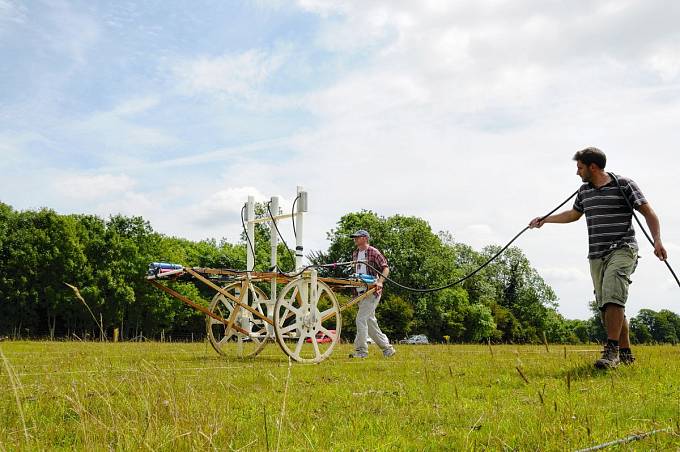
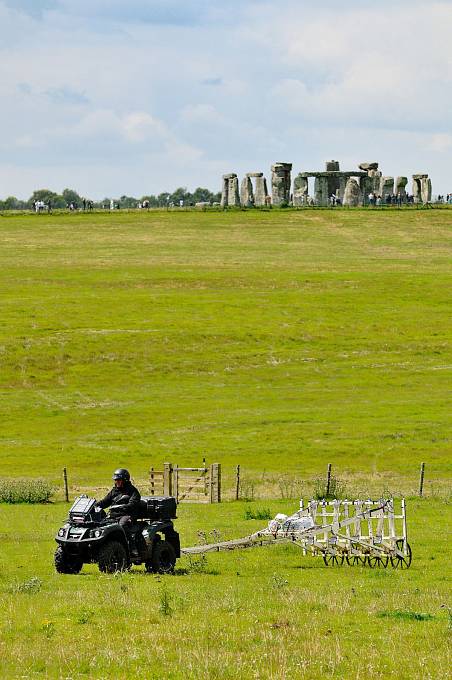
Until now, scientists thought Stonehenge stood alone. However, research over an area of about 15 square kilometres has shown that the legendary stone circle was literally surrounded by other structures and was rather dwarfed in size in comparison. For example, researchers discovered the foundations of a building that was 33 metres long and still stood 1,500 years before Stonehenge. Then, about two kilometres away, they found the remains of another stone circle that measured over a kilometre in circumference and was made up of about 100 menhirs about five metres high. The name Superhenge was applied to this grouping. Although scientists announced a few weeks ago that Superhenge was not made of stones, but rather of huge beams, the dimensions of the Neolithic structure remain staggering.
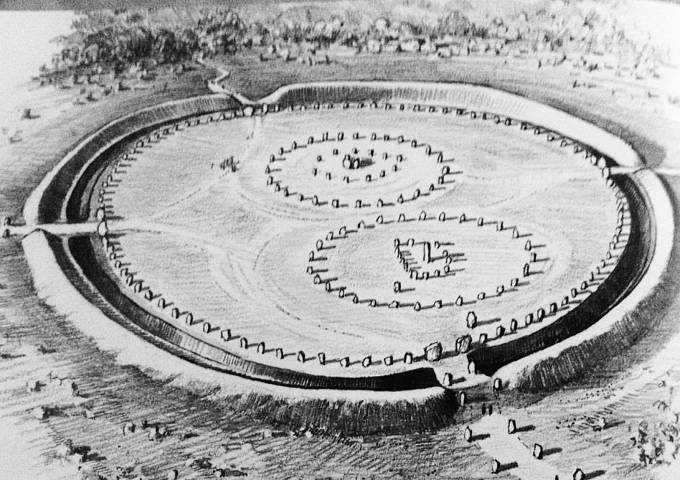
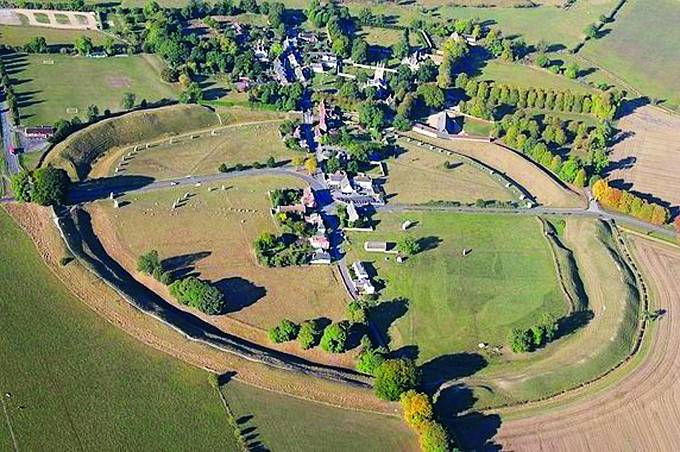

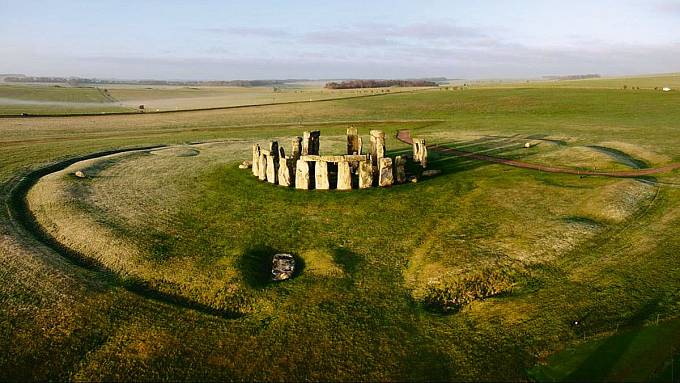
There is no longer any doubt that something like a Neolithic Manhattan stood around the city of Salisbury in the south of England. The question is what the significance of all those buildings was. Apparently, they weren’t used for housing…
Source: National Geographic
Author: Tomáš Mrzena | Published: 01.05.2018
